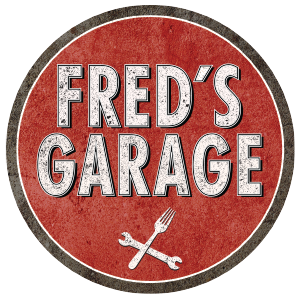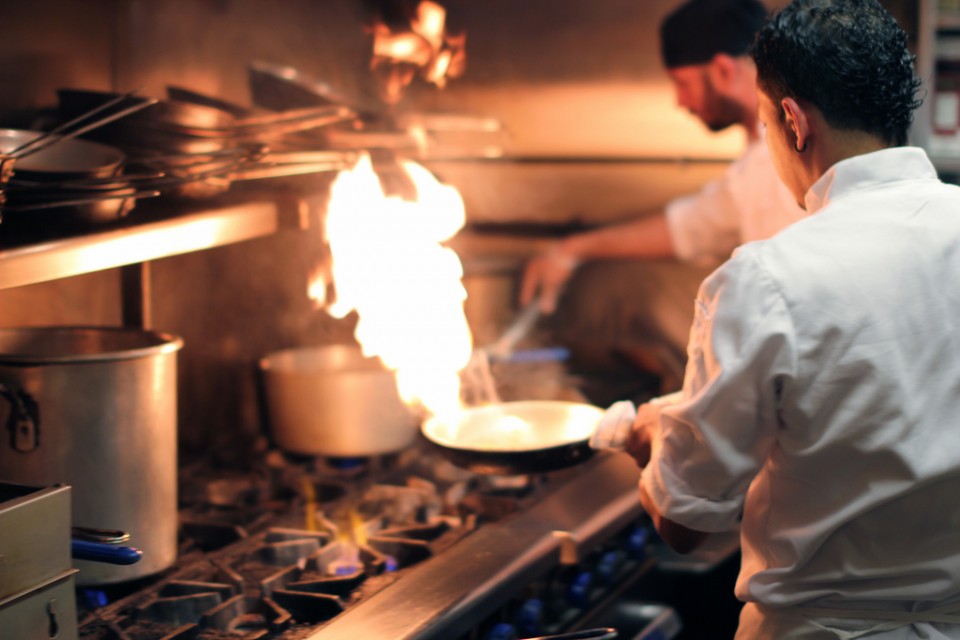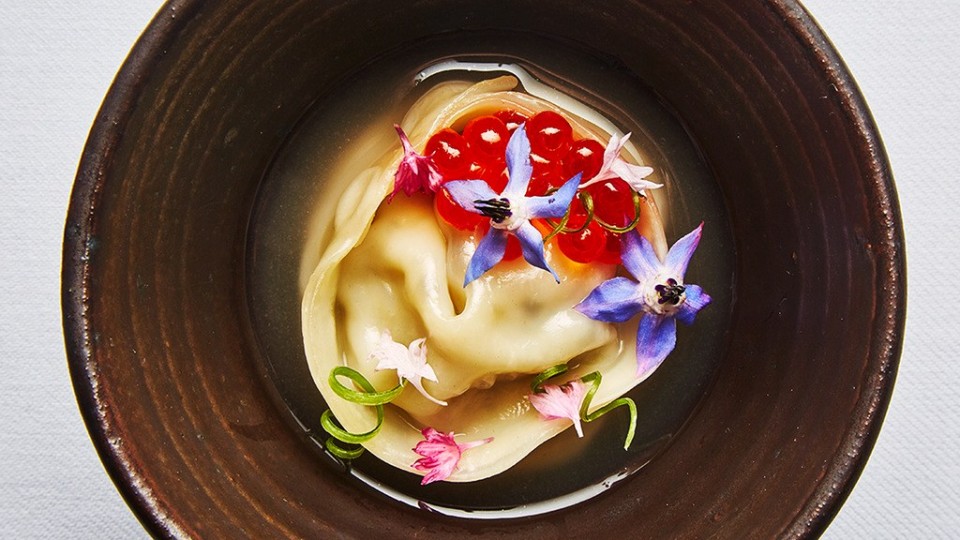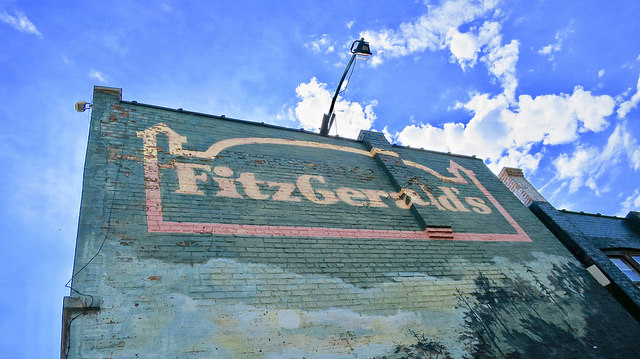
Sep 1, 2017
Karen Stabiner | New York Times | August 25, 2017
The early diners are dawdling, so your 7:30 p.m. reservation looks more like 8. While you wait, the last order of the duck you wanted passes by. Tonight, you’ll be eating something else — without a second bottle of wine, because you can’t find your server in the busy dining room. This is not your favorite night out.
The right data could have fixed it, according to the tech wizards who are determined to jolt the restaurant industry out of its current slump. Information culled and crunched from a wide array of sources can identify customers who like to linger, based on data about their dining histories, so the manager can anticipate your wait, buy you a drink and make the delay less painful.
It can track the restaurant’s duck sales by day, week and season, and flag you as a regular who likes duck. It can identify a server whose customers have spent a less-than-average amount on alcohol, to see if he needs to sharpen his second-round skills.
So Big Data is staging an intervention.
Both start-ups and established companies are scrambling to deliver up-to-the-minute data on sales, customers, staff performance or competitors by merging the information that restaurants already have with all sorts of data from outside sources: social media, tracking apps, reservation systems, review sites, even weather reports.
They have an eager audience. The NPD Group, a market research company, is predicting “flat” growth in 2017 restaurant traffic, with a 2 percent decline among full-service restaurants and no growth for quick-service restaurants. A 2016 National Restaurant Association survey reported that four out of five restaurateurs believed that business would improve if they embraced technology, and a third worried that they were lagging in those efforts.
CONTINUE READING

Aug 23, 2017
Phil Vettel | Chicago Tribune | August 21, 2017
Fred’s Mobil Station, which served Winnetka motorists for decades, is about to become a filling station of another sort.
Joe Krouse, Robert LaPata and Fred Gale, the owners of Ten Mile House restaurant in Evanston, are putting the finishing touches to Fred’s Garage (574 Green Bay Road, Winnetka), aiming for a mid-September opening.
“Fred (LaPata) was really bummed,” Krouse joked. “He thought we were naming it after him.”
The partners have expanded the original building, which has been gutted. When finished, the restaurant will be “an homage to the service station,” sporting two working garage doors (for open-air dining) and a large outdoor space that mimics the look of a gas-station canopy.
CONTINUE READING

Aug 18, 2017
Lewis Lazare | Chicago Business Journal | August 11th, 2017
ConsumerProtect, a San Diego-based consumer protection organization, has done the dirty work of examining City of Chicago health department inspection reports for restaurants and other food-related business throughout 2016 to produce a collection of findings it is calling — provocatively enough — “Dirty Dining.”
For those who eat out or visit their neighborhood pubs frequently, the information ConsumerProtect gleaned from the health department reports may not be especially comforting — particularly depending on what neighborhood you live and dine in and what kinds of restaurants you like to frequent in Chicago.
Residents of the Chicago’s Riverdale neighborhood (ZIP code 60827) may want to be especially vigilant when opting to dine out near where they live. Per the ConsumerProtect data, more than a third of food-related businesses in that zip code failed food service inspections in 2016.
But Riverdale isn’t the only neighborhood singled out. Others, including affluent Lincoln Park, Rogers Park on the city’s far north side, and West Garfield Park on the west side, all had businesses that received more than 10 health code violations each in 2016.
CONTINUE READING

Aug 11, 2017
Julia Kramer | Bon Appetit | August 8th, 2017
I don’t own a single piece of Cubs paraphernalia. I don’t have Chicago’s four-star flag tattooed on my forearm. I don’t care if you put ketchup on a hot dog. But there’s one thing from my hometown that I will absolutely go to bat for, and here it is: Chicago is clearly America’s most exciting city to eat in right now.
As a Chicago native who covered the city’s food scene for years as a local restaurant critic, I’m obligated to tell you that my hometown has always been able to hold its own against the best food cities in the country. But I can’t remember a time that I’ve been as psyched to eat there as I’ve been this year. Where other cities fall into soulless trend cycles, Chicago has a way of generating distinctively personal restaurants. So, SF and L.A., this might hurt a little, but here’s all the proof you need that the Midwest is best.
1. Dessert Comes First
Sweets as beautiful as works of art are nothing new. The problem is that they often taste as good as eating an actual canvas. What makes Anna Posey’s desserts at Elske (one of our Top 50 Best New Restaurants in America) unusual is that they’re so modern-looking and visually arresting that they could exist only in 2017—and yet they’re as simply pleasurable to eat as a classic slice of pie. The only challenge posed to the desserts at Elske is that the rest of the menu, from Anna’s husband, David—the former chef of Blackbird—is equally impressive: Every dish has a clean, contemporary look without sacrificing deliciousness.
2. A Suburban Food Court Is One of the Most Exciting Places to Eat
The International Mall in Westmont, Illinois, 22 miles from downtown Chicago, is more or less your typical suburban food court—fluorescent lighting, drop ceilings, and all—with stands selling inexpensive dumplings on Styrofoam plates. Right in the middle of it is Hanbun, a hidden gem run by a remarkably talented young chef, David Park, and his fiancée, Jennifer Tran. At lunchtime, the stand serves bibimbap and rice cakes and bulgogi. The food’s great, but it doesn’t prepare you for what’s to come in the evenings, when Park throws down a white tablecloth and serves a single group of six diners the “juhnyuk tasting,” a seven-course menu that refracts the foods of his Korean-born, New Jersey–raised upbringing through the techniques he accrued working the line at fine-dining spots in Chicago. The dinners have become so popular that Hanbun is booked up through the end of its lease in May 2018, but there’s no doubt that wherever Park goes next, it’ll become another destination.
3. This City Still Owns Fine Dining
All you really need as evidence is Alinea’s recent reboot. But ask any (food-obsessed) local to name his or her top openings, and you’re likely to hear about a life-changing meal at John Shields and Karen Urie Shields’ Smyth(another one of our Top 50 Best New Restaurants in America). The Shieldses met working at the legendary dining institution Charlie Trotter’s and returned to town after an acclaimed stint at Town House in Chilhowie, Virginia. Thoughtful five-, eight-, and 12-course tasting menus filled with eclectic produce grown specifically for the restaurant are served upstairs at Smyth; an instantly iconic burger (with bacon in the patty) brings in an after-work crowd to The Loyalist pub downstairs. What could more perfectly sum up Chicago dining than that?
CONTINUE READING

Aug 5, 2017
Steve Johnson | Chicago Tribune | August 4th, 2017
When Bill FitzGerald started going to the music venue that became FitzGerald’s, there were deer heads and velour on the walls and Herb Alpert and classic country on the jukebox, and the owners lived in the room behind the stage that is now FitzGerald’s office and the dressing room for the bands.
He was an Oak Park house painter and music club habitue in his late 20s. But on the first day of 1980, at a brunch with friends and family, he said, “Wouldn’t it be fun to own a bar and have music?” He had heard that the Berwyn place, then known as the Deer Lodge, was for sale and he later learned the price was right: $60,000.
FitzGerald was taking this trip down memory lane the other night because he is on the verge of another transition. After one more successful American Music Festival, the club’s Fourth of July weekend tradition that is the longest-running independent music fest in the city, FitzGerald, who’ll be 65 in a few months, announced that he’ll be stepping down as the club’s talent buyer, the person who books the bands to come and play, in favor of 30-year-old Donnie Biggins.
It seemed like the end to an era in its own right: No longer would patrons be able to count on the avuncular, white-haired presence of FitzGerald, the guy you’d see fiddling with the soundboard, shushing overly talkative patrons, roaming intently through a crowded room on his way to another of the mystery missions that keep a music club going.
But there was more to it than that. FitzGerald and his family, he has decided to say publicly for the first time, have also determined that it’s time to get out of the business altogether. FitzGerald’s Nightclub — a nearly four-decade fixture on Roosevelt Road and on the American roots music scene and a club the roots musician Dave Alvin, who is legendary himself, describes as “legendary” — is for sale.
FitzGerald and his family have hired a broker, Tim Rasmussen of SVN Restaurant Resource Group, the same guy who successfully sold Schubas and Lincoln Hall a couple of years ago. And Rasmussen has been offering the property quietly, at least until now.
He is optimistic, he said, but he knows it’ll be a challenge. “It’s not like selling a restaurant in Lincoln Park or the West Loop,” he said. “You have to thread the needle and find somebody that’s got a love of the music … and appreciates what they’ve built over the last 37 years. I liken it to selling a piece of art or an antique. Its value isn’t just in the financial performance or the underlying real estate assets. It’s the totality, kind of the cultural thing that it provides the city.”

Aug 2, 2017
Lauren Thomas | CNBC | July, 17th 2017
Amazon, whose plans to acquire supermarket chain Whole Foods pose a threat to the grocery industry, appears to be entering the meal-kits business.
Amazon registered a trademark in the U.S. on July 6 for a service described as: “We do the prep. You be the chef.” The service will provide customers “prepared food kits … ready for cooking and assembly as a meal,” according to the trademark application.
The kits will primarily consist of grains, rice, noodles, pasta or bakery products, Amazon said.
The Times, a British-based publication, first reported this news Sunday.
This fresh ambition by Amazon will no doubt threaten meal-kits provider Blue Apron, which just recently listed on the public market.
Representatives from Amazon and Blue Apron didn’t immediately respond to CNBC’s request for comment.
Blue Apron holds the title as the largest meal-kit provider in the U.S., followed by German-based HelloFresh.
Since its initial public offering, though, shares of Blue Apron have tumbled. Just last week, the stock closed at a new low after an analyst slapped Blue Apron with a $2 price target, citing difficulty with the business ever becoming profitable. Blue Apron’s stock closed Friday at $7.36 per share, down nearly 10 percent for the week.
On Monday morning, Blue Apron’s stock was falling more than 10 percent, hitting an all-time-low below the $7 mark.
CONTINUE READING






